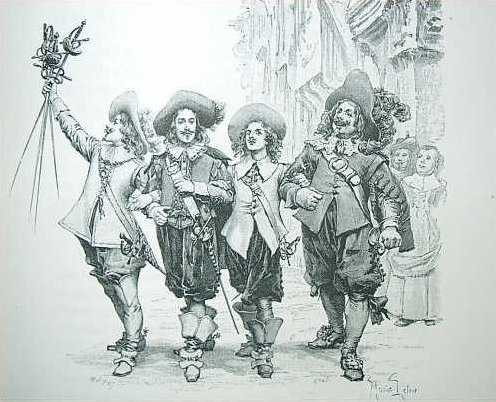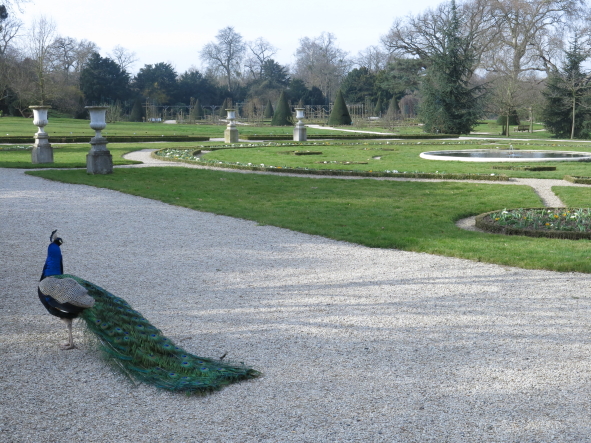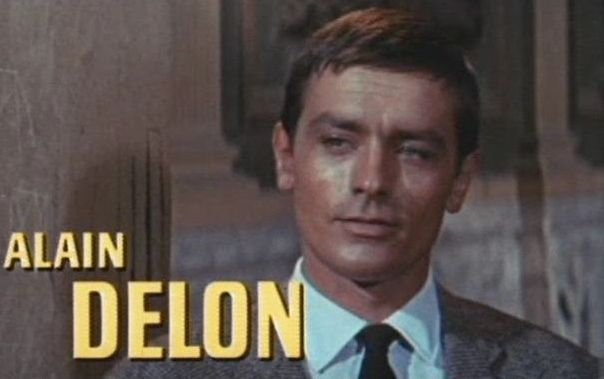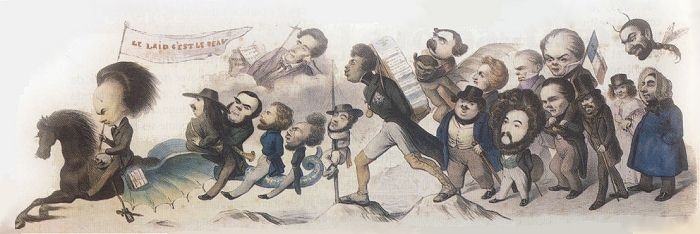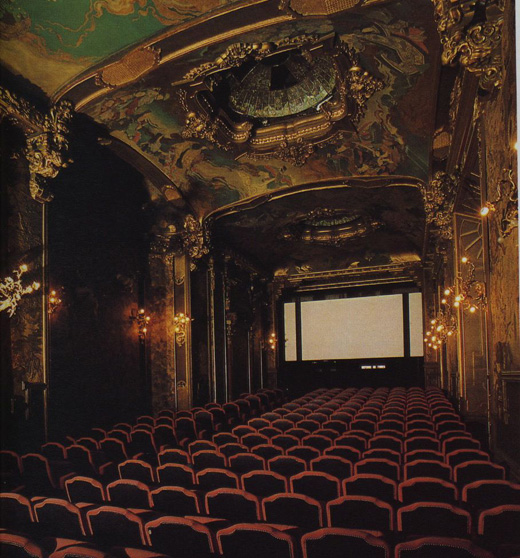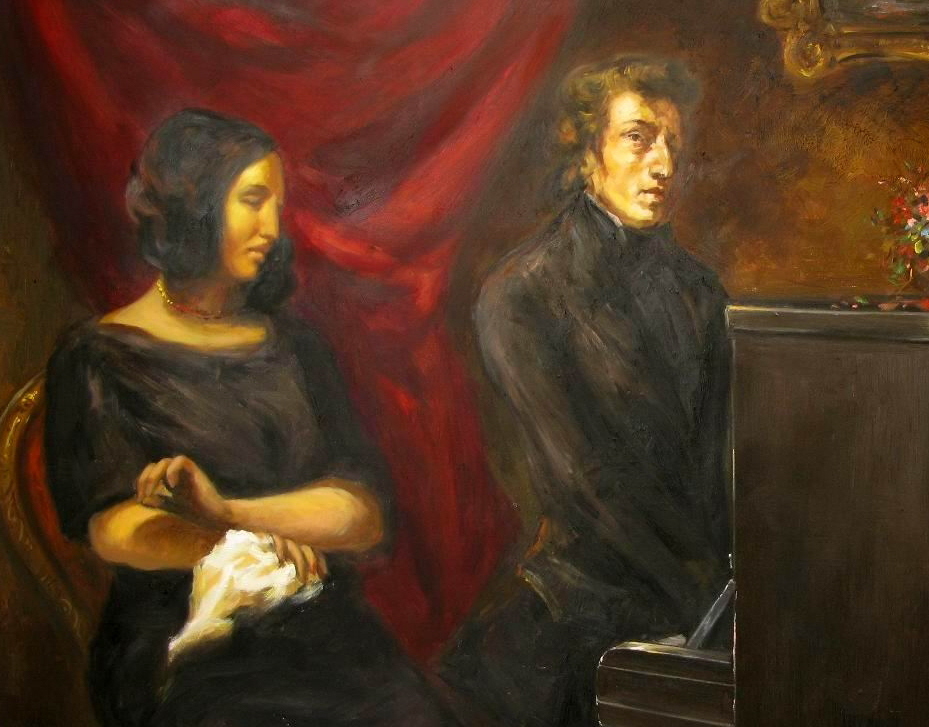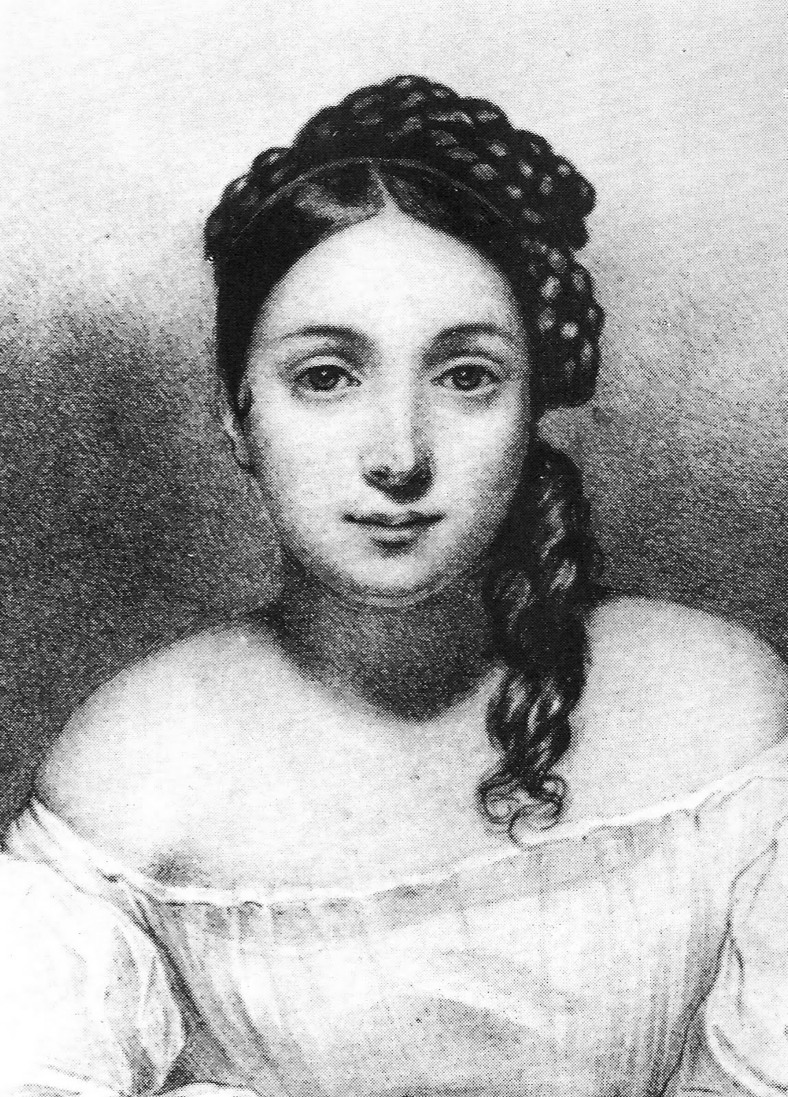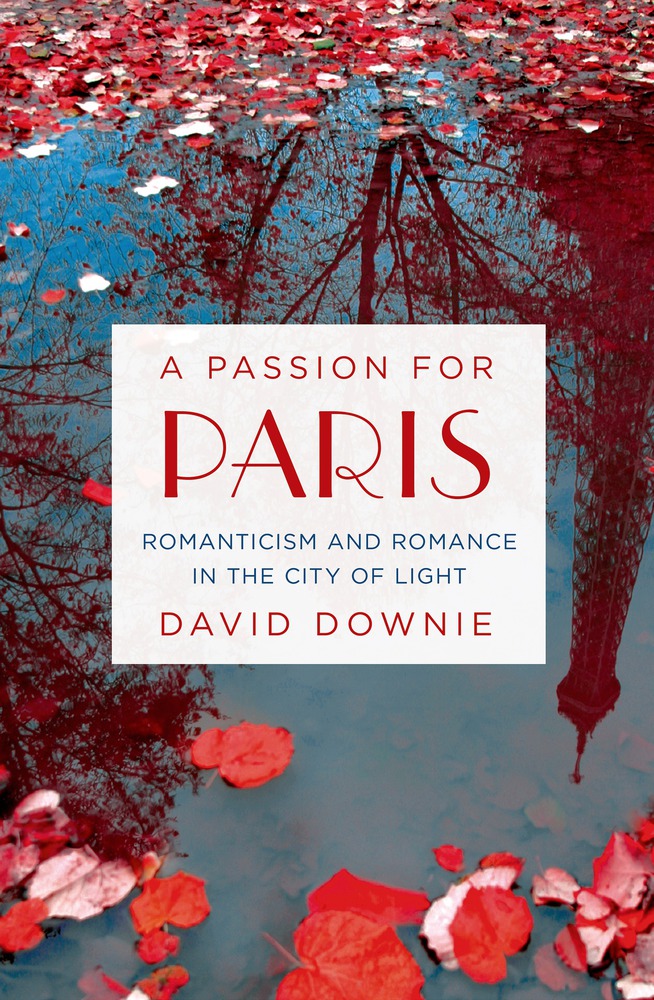Now and then, then and now…
The scene opens with thousands of “love locks” glinting on a bridge spanning the Seine. Competing accordionists play nostalgic tunes from yesteryear—La Vie en Rose and “Paris is Always Paris.” Brides and grooms from across the globe pose for photos. Into the camera frame the buttresses and spires of Notre Dame Cathedral rise while bells toll and pigeons swirl on cue.
Downstream on the lacy, lock-encrusted Pont des Arts a similar scene features the Louvre and domed French Academy in the background. Riverboats glide between the pilings as keys from love-locks rain down.

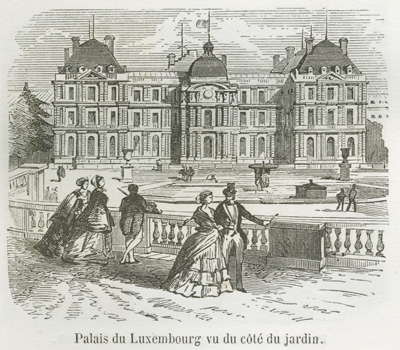
Cut to a path under twining branches in the Luxembourg Garden. A painter’s brushstrokes capture kaleidoscopes of wooden sailboats on the park’s Octagonal Pool plus one, two, three, eight, ten pairs of lovers knotted in sunshine and shadows. Parisian families pass these kissing couples never dreaming of disturbing them.
At countless sidewalk cafes, in cozy candlelit restaurants on curving cobbled streets or in hip, designer hangouts on sweeping boulevards, in centuries-old museums and leafy squares, on panoramic hilltops and canal-side bistros love, lust and affection drum out the quickening pink-hued heartbeat of Paris.
Pont des Arts and French Institute (copyright Alison Harris)
Is it Paris, City of Light, or Paris, City of Love? Some say the old nickname needs changing: it’s no longer the bright lights that make Paris special, it’s the scarlet atmosphere. What other modern city of 12 million has preserved its historic heart like Paris? Where else can you find the world’s most magical river, an eyebrow of bluish green spanned by three dozen bridges? When the pleasure boats cruise the Seine at night their spotlights reveal gilded interiors in lavish palaces—and legions of lovers on the quays.
There is no other nation more notorious for exquisite naughtiness, sexiness and luxurious style. No need to visit the Moulin Rouge to find the city’s scarlet side. As Hollywood knows, every French woman merges the wily, regal charm of Madame de Pompadour and the angular beauty of Catherine Deneuve. Frenchmen are musketeers with the peacock-pluck of dashing d’Artagnans and the good looks of Alain Delon.
Could this be true? Perhaps and in any case millions the world round seem bent on believing Paris is the epicenter of romance. Even some native Parisians and longtime foreign residents are mesmerized by the myth—and the relentless propaganda.
But most people who live here find Paris’ real romance in places, things and people that don’t necessarily fit the current globalized clichés. As in Rome, when in Paris do as the Parisians do—explore and be brazen. Forget selfies. Try talking to strangers.
Sure, a diamond-studded fashion spree on the Champs-Elysées and Place Vendome—followed by champagne and oysters at a multiple-starred restaurant—is swell. How about trolling through Paris’ picturesque open markets then picnicking on the riverbanks: farmstead goat’s milk cheese, a fresh-baked baguette, and a bottle of organic red Burgundy?
A private limo with a silver-tongued guide to show you the sights from behind smoked glass, or a quiet ride in the open air on rented bikes across the Bois de Vincennes then down to the banks of that other great Parisian river, the Marne?
High-priced hedonism is heavenly. But many Parisians in the know also think intellectual pursuits are better. Smart is sexy here: Parisians hang out in public libraries and bookstores—the best places to meet kindred spirits. They still read low-tech print books, making sure the cover is on display: poetry and philosophy are de rigueur.
Parisians go to cutting-edge contemporary art galleries with sometimes-shocking shows, and range beyond the confines of the Louvre and Musée d’Orsay. There is life before and after Impressionism, and about 150 other museums in the center of town to see.
Some Parisians find romance in unlikely locales: along the chaotic, colorful streets of multi-ethnic Belleville and Place d’Italie, for instance, or among the copses of bamboo on the Promenade Plantée—a linear park atop a former railway viaduct on the unfashionable east side of Paris.
Unfashionable? Yes, but as Victor Hugo and the historic Romantics said nearly 200 years ago, “ugly is beautiful.” To be unfashionable is the most fashionable thing of all. Ask any trendsetting designer: don’t follow the crowds, lead them.
Victor Hugo the original original leads the Romantics into Paris's artistic and literary future
One of the city’s most heart-stimulating spots is an inconspicuous knoll by a circular pond in the far-flung “Memory Garden” at the Parc de Bercy. Here minimalist fountains flow, hump-back bridges fly over a roadway, and semi-ruined or carefully restored wine warehouses from centuries past hide among giant sycamores. How many non-Parisians have been there?
At times the Pont des Arts and Pont de l’Archevêché behind Notre Dame are too crowded with newlywed lovers and lock-sellers to walk across. Yet the most stunning contemporary suspension bridge in Paris is a half-hour walk upstream, uniting Bercy and the sprawling new National Library complex. No locks here. This cutting-edge footbridge looks vaguely like a strand of DNA. The views enfold the medieval towers of central Paris and the city’s busy beltway, with glinting skyscrapers, smokestacks and lively, movie-set modernity writ large.
La Pagode
Speaking of movies, Paris boasts over 100 theaters: few anywhere are as fabulous as La Pagode, built in 1896 in a fanciful Asian Art Nouveau style. Romantic Era decadence lives on! Likewise for ballet and opera, nothing can upstage the Opéra Garnier, the architectural masterpiece of the Second Empire and still in use.
A waterfall in a rocky grotto in the 18th-century Parc de Bagatelle in the vast Bois de Boulogne is at least as romantic as anything in the heart of old Paris. Ditto another stony cascade in the hilly park at Buttes-Chaumont, landscaped in 1867. It also offers a miniature Roman temple poised on a spur above a lake where local lovers row. Nearby at the Bassin de la Villette hipsters and oldsters play boules while barges splutter by—real working barges.
George Sand and Chopin at the piano
Connoisseurs know the true spiritual fountainheads of Parisian romance are the Great Romantics of the 1800s: Victor Hugo, Honoré de Balzac, Théophile Gautier, George Sand and her lovers Alfred de Musset and Frédéric Chopin. That’s why literate culture-lovers haunt the house museums honoring these heroes whose poetry, plays, novels and music feed the soul of the City of Light.
Hugo and longtime lover Juliette Drouet evoke the Marais and the 17th-century splendor of the Place des Vosges, a rendezvous created by the lustiest king in history, Henri IV.
Juliette Drouet, Victor Hugo's paramour for 50 years
Balzac hid out in a secret garden below street level on the edge of Passy. You can still sit where he sat among the flowering shrubs and plot passionate tales.
At the foot of Montmartre the floorboards squeak and piano music plays as you wander through the painting studios and dusty rooms of the Museum of Romantic Life. Sand and Chopin spent happy days here. In the enchanting garden a tea salon’s tables sit under tangled vegetation.
Balzac-Rastignac at Pere-Lachaise
It may not sound sexy but the most moving romantic sites of all in this supremely romantic city are where the Romantics are commemorated—presumably for eternity. The tree-lined, looping cobbled lanes of Père-Lachaise, Montmartre and Montparnasse cemeteries are anything but lugubrious. Don’t be surprised to see those shameless Parisian couples hand in hand among the tombstones. The Romantics of old would approve.
Please come back for more on Paris and Romanticism (and romance) on this blog and in my upcoming book, A Passion for Paris, on bookstore shelves as of April 28, 2015. It’s already available for pre-order from Indiebound.org, from your favorite local indie bookstore or, if you must, from the usual on-line booksellers.
And please come to one of our events: we're on a nationwide book tour from late-April through June 2015: Boston, Manchester Center VT, NYC, Frederick MD, WA DC, Charlottesville, Durham, SF Bay Area, Portland, Seattle, Vancouver.
Indiebound: http://smarturl.it/Paris_Indie (use the store-finder function to order from your local bookseller). The following Indies are on our nationwide spring 2015 book tour. Click for the complete schedule.
Buy A Passion for Paris from Harvard Book Shophttp://shop.harvard.com/book/9781250043153
Buy A Passion for Paris from Northshire Bookshttp://www.northshire.com/book/9781250043153
Buy A Passion for Paris from McNally-Jacksonhttp://www.mcnallyjackson.com/book/9781250043153
Buy A Passion for Paris from Politics and Prose http://www.politics-prose.com/book/9781250043153
Buy A Passion for Paris from New Dominion Bookshttp://www.newdominionbookshop.com/reading-events-2.html
Buy A Passion for Paris from The Regulatorhttp://www.regulatorbookshop.com/book/9781250043153
Buy A Passion for Paris from Book Passagehttp://www.bookpassage.com/book/9781250043153
Buy A Passion for Paris from Orinda Bookshttp://www.orindabooks.com/book/9781250043153
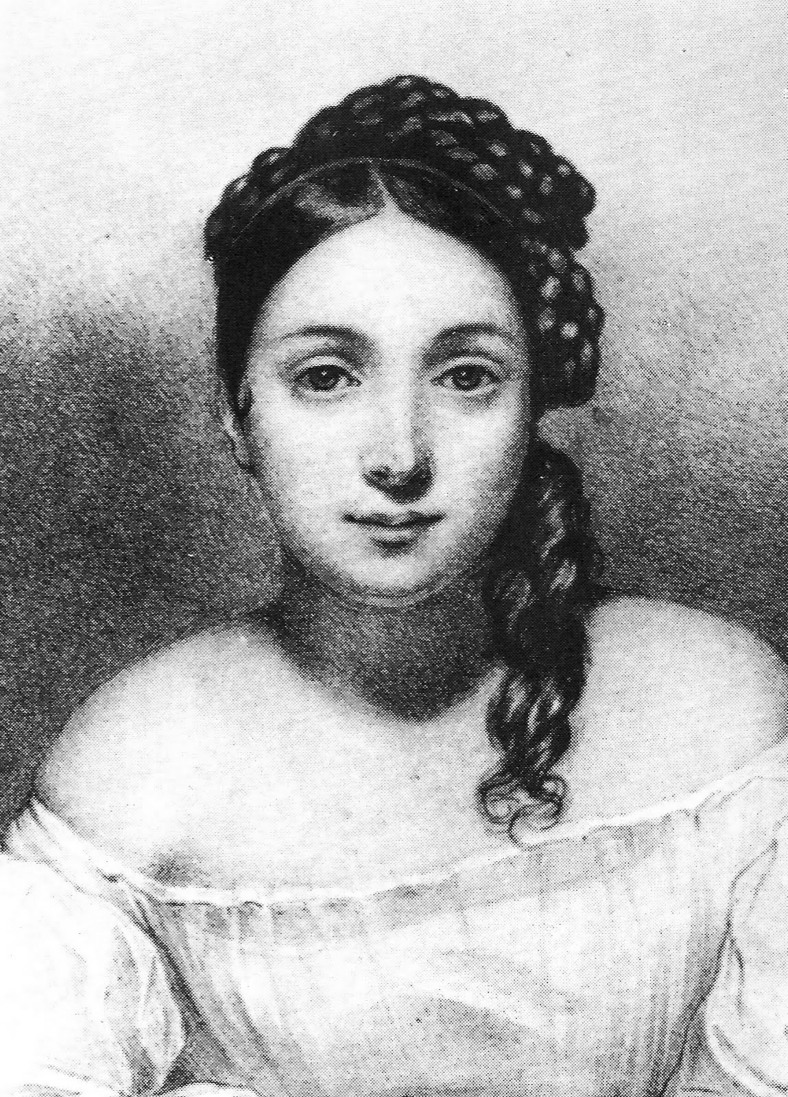
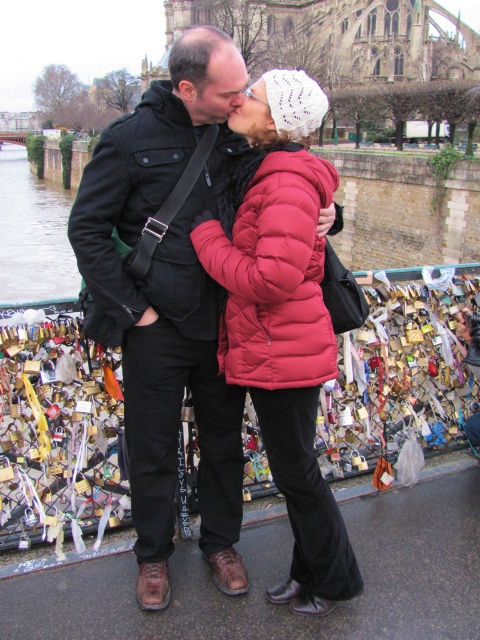
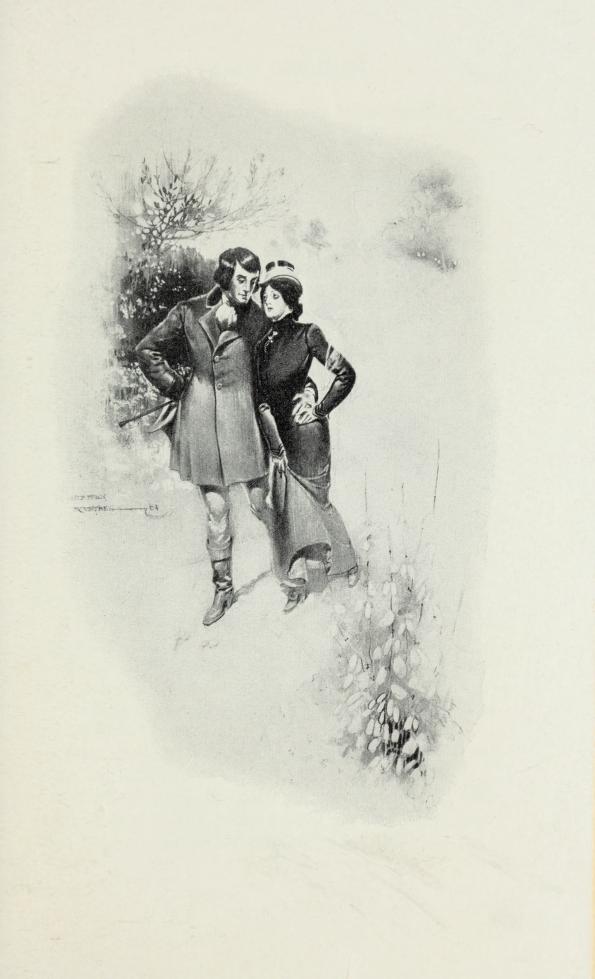
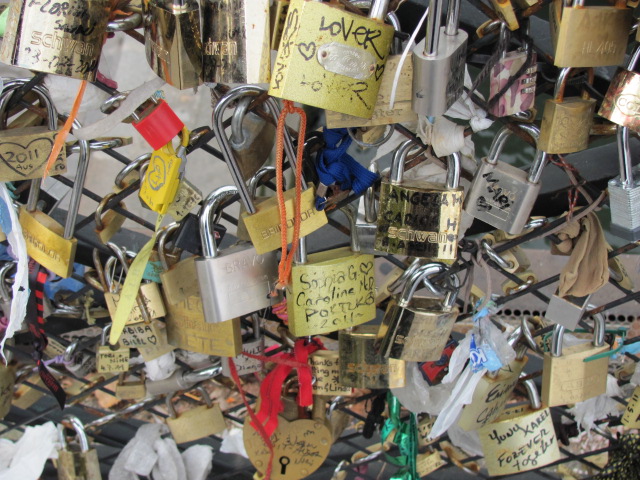
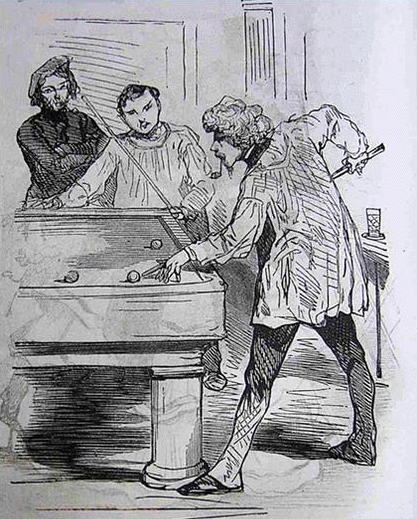
.jpg)

